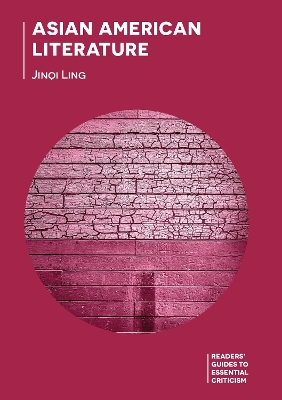Readers' Guides to Essential Criticism
1 total work
This book introduces Asian American literary studies by engaging the conditions, contingencies, and immediate and long-term effects of its major debates. Two rationales inform Ling's presentation of the field in this way: first is a felt need to provide recognizable contours and trajectories for the evolution of Asian American criticism as an ethnic-specific minoritarian formation in the United States; second is an imperative to historicize its practices-including polemics, controversies, and ideological ruptures-as an ongoing negotiation undertaken by Asian American critics for a more self-conscious and more adequate representation of the field's interests. These rationales are fully contextualized in the book's Introduction and Conclusion. The main body of this study is organized non-chronologically into eight chapters, with each designed to reflect how the field has been energized by its demographic transformation, its growing intellectual heterogeneity, its defining moments, and its cross-cutting relationship with the trends in other disciplines. What has emerged and been given prominence to in the surveys and discussions of this book then constitute the essential criticism of Asian American literary studies, a discourse almost five decades in the making when examined retrospectively.
